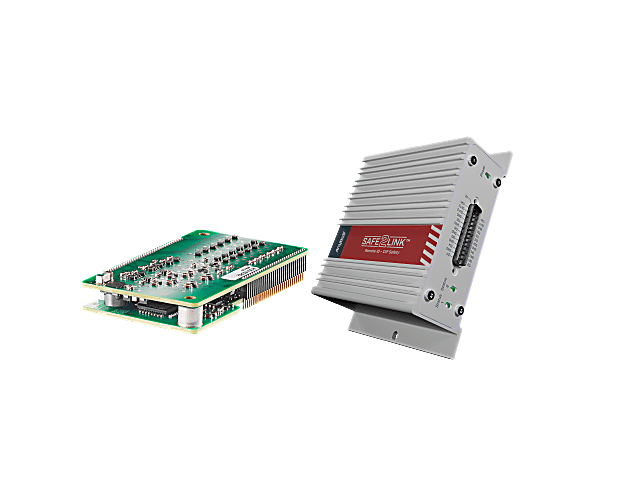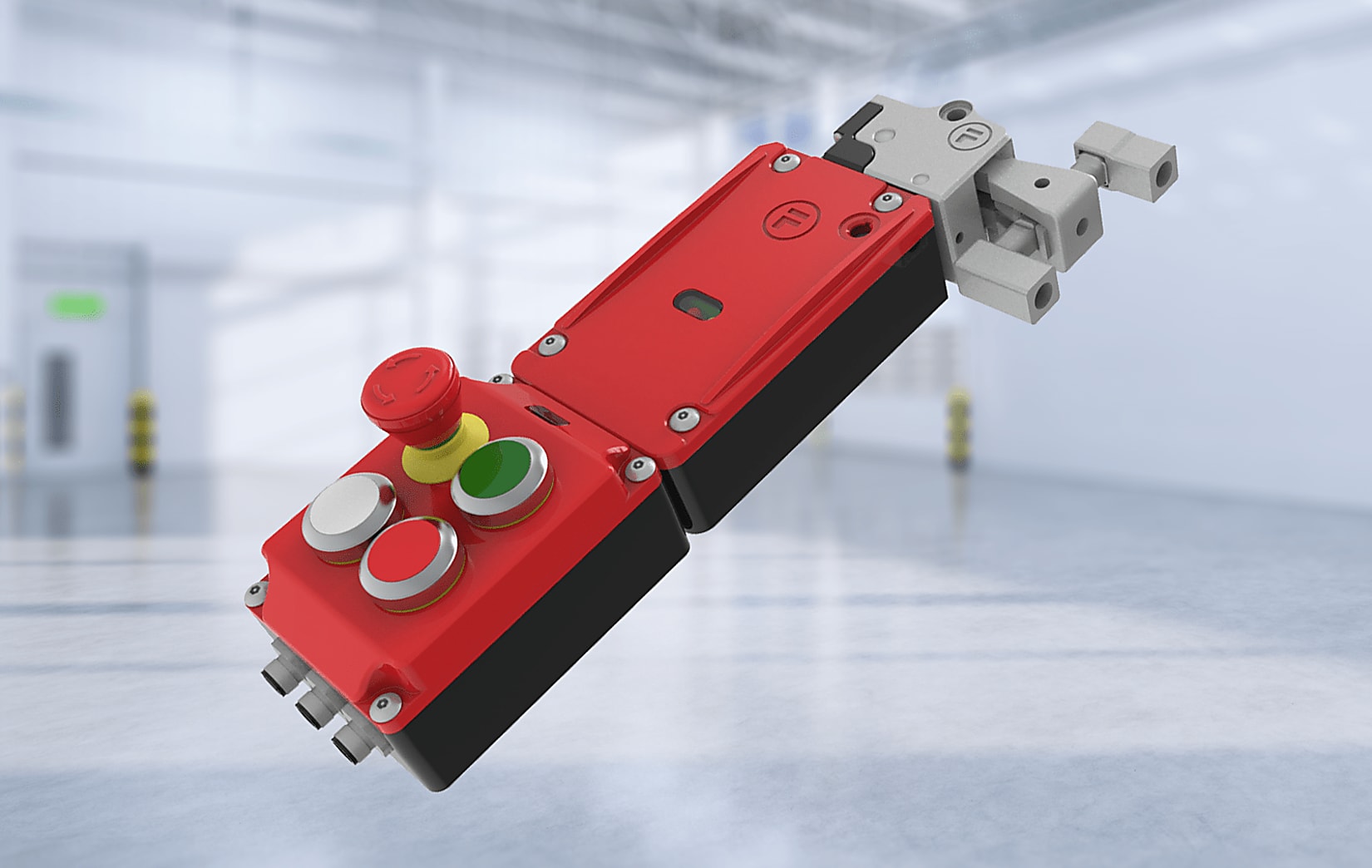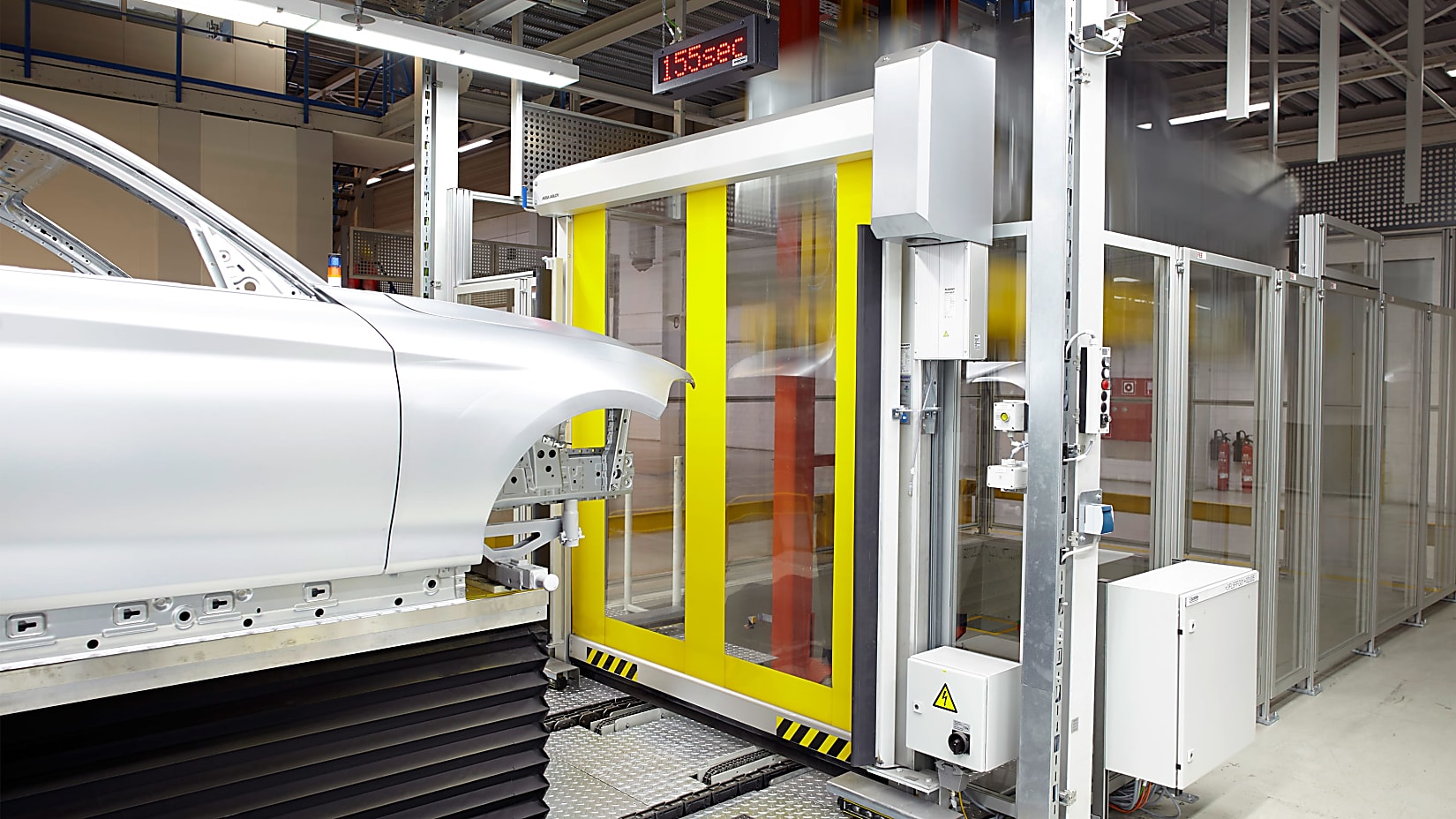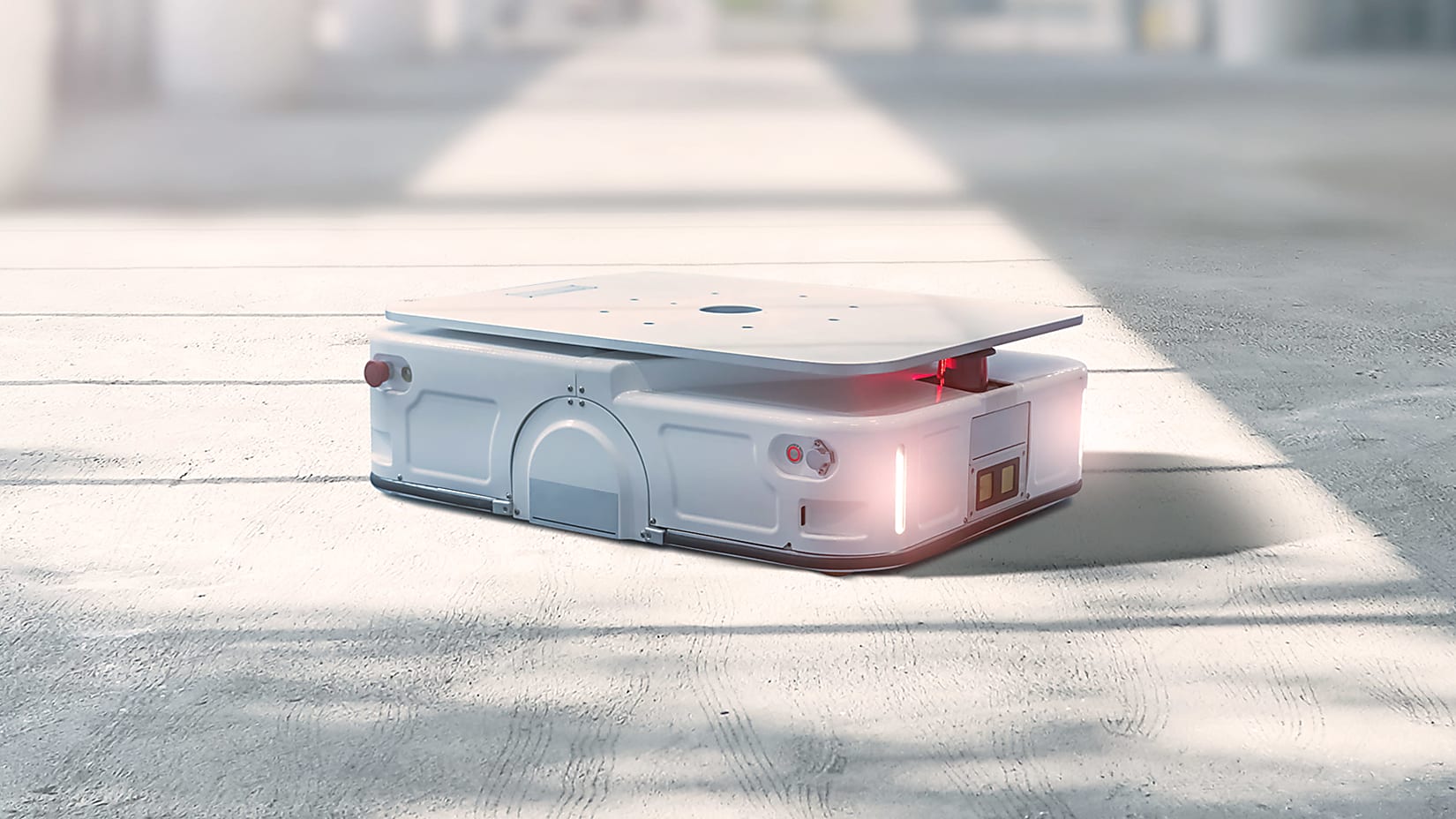Q&A
What are the key protocols used in functional safety technology for industrial systems?
EN 62061 and EN ISO 13849-1 are standards for functional safety in machine control, each defining safety levels differently: SILs in EN 62061 and PLs in EN ISO 13849-1. PROFIsafe, FSoE, and CIP Safety are protocols ensuring safe communication in automation networks, each tailored to specific network types and safety requirements.
What are the best practices for implementing functional safety in complex machinery?
Implementing functional safety in complex machinery involves key practices such as performing hazard analysis and risk assessment, complying with relevant safety technology standards like IEC 61508, integrating safety considerations into software development, using specific coding guidelines for secure and compliant coding, and employing static code analysis tools for defect detection. Involving teams in the selection and implementation process is also crucial for success.
When shall I use FSoE, when CIP Safety or PROFIsafe?
The choice between FSoE, CIP Safety, and PROFIsafe depends on the specific requirements and existing infrastructure of your industrial system:
- FSoE: Choose this if your system primarily uses EtherCAT communication. It's ideal for environments requiring rapid reaction times and short data update times.
- CIP Safety: Opt for CIP Safety when your network involves various types of devices and requires a unified safety protocol across different communication networks like DeviceNet and EtherNet/IP.
- PROFIsafe: This is suitable for systems already using PROFIBUS and PROFINET networks.









